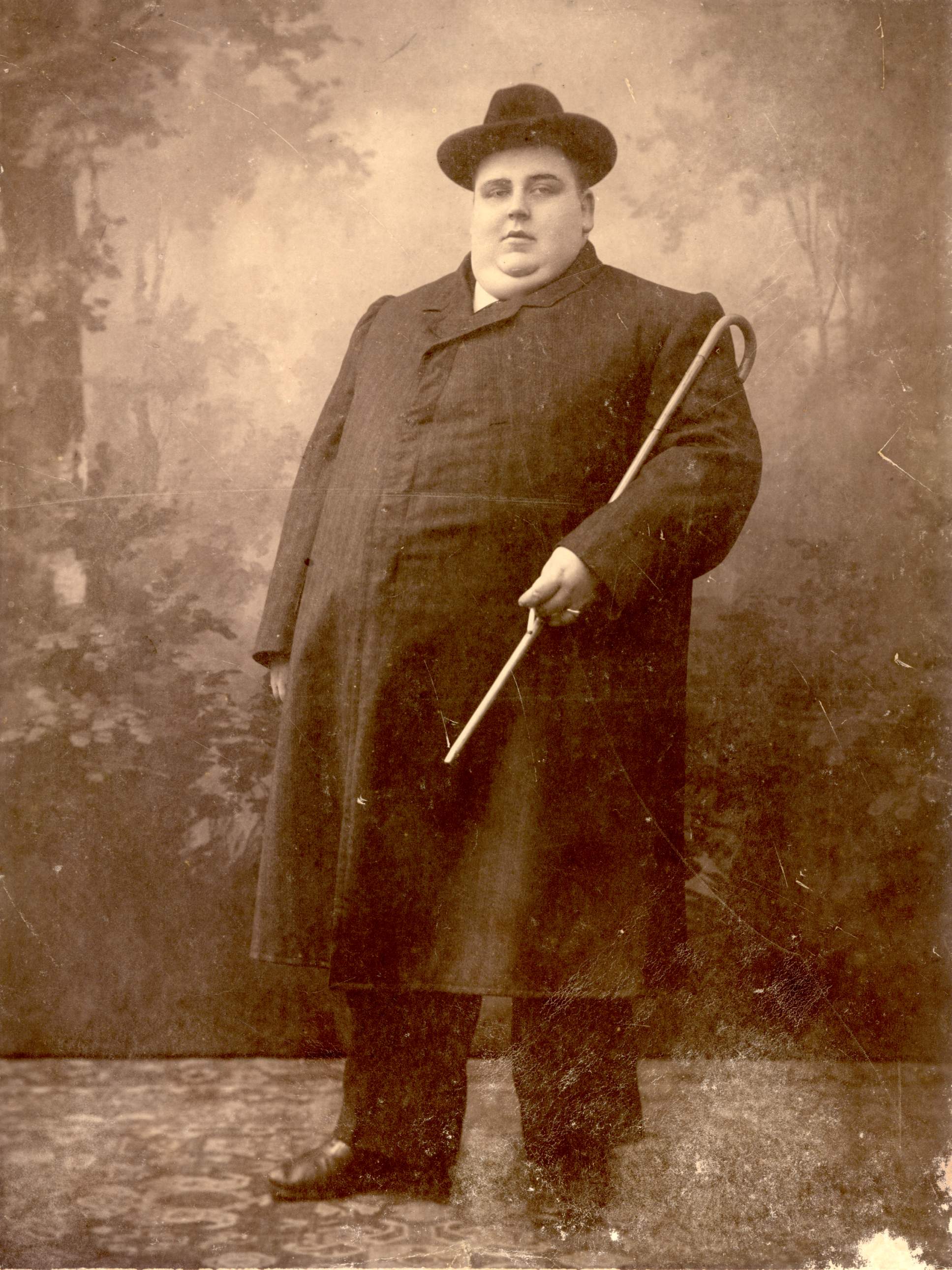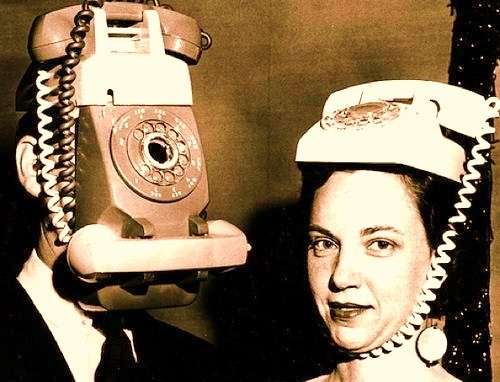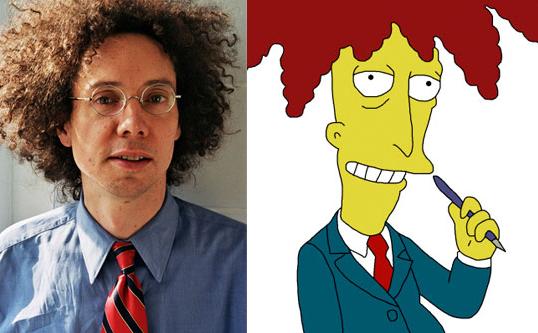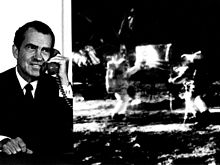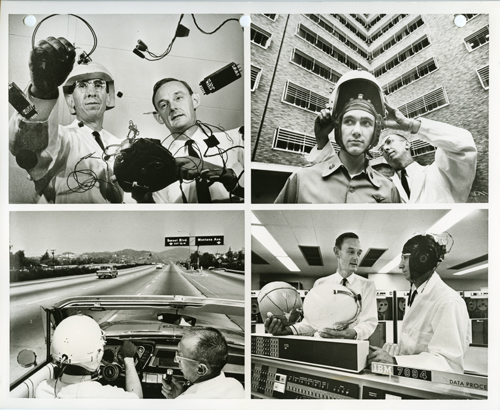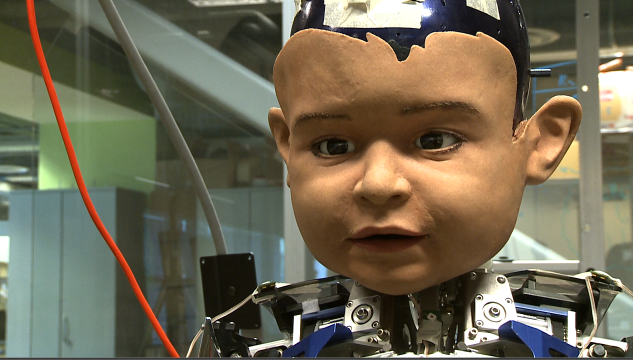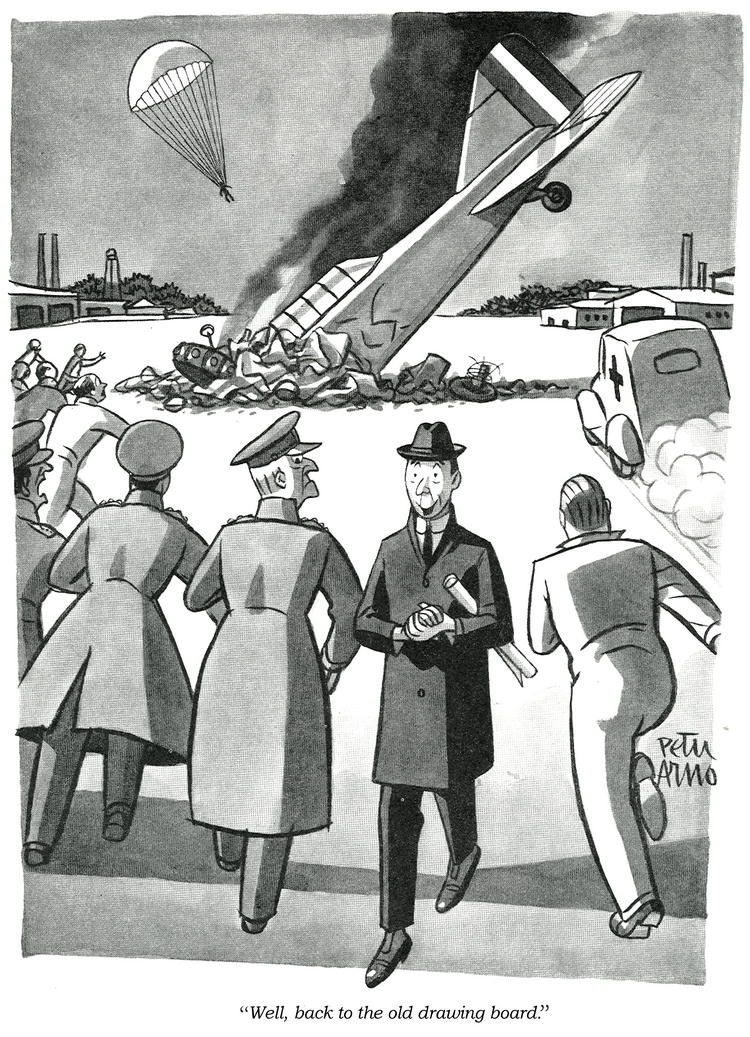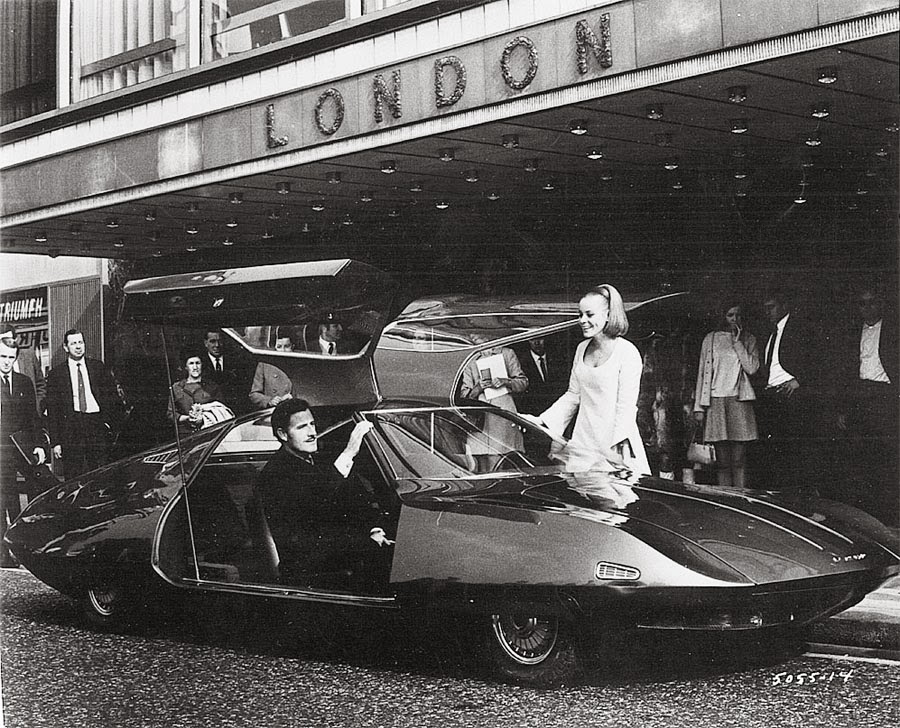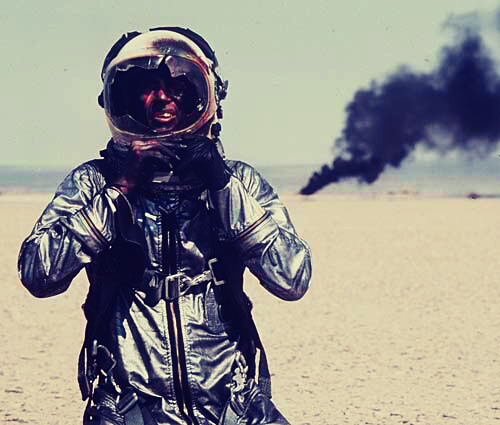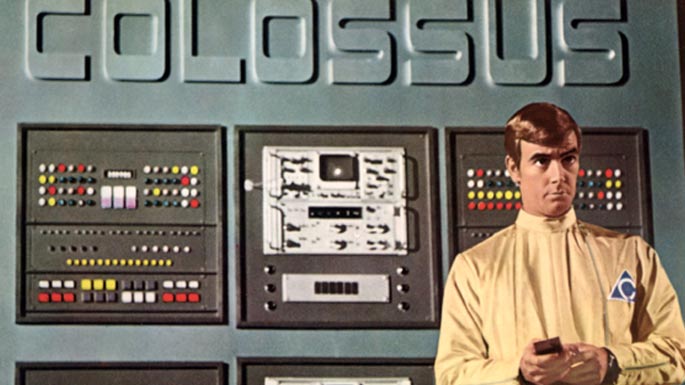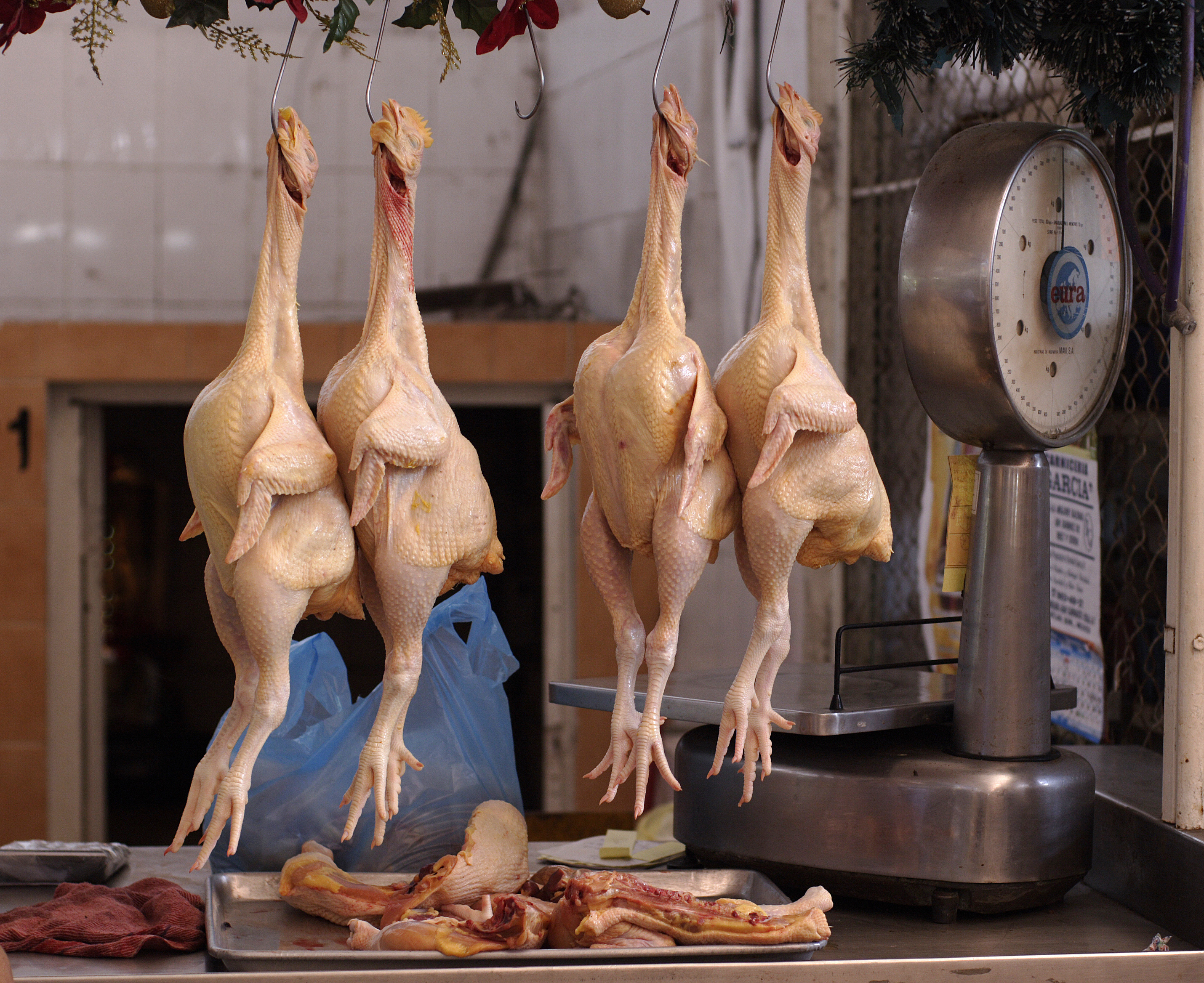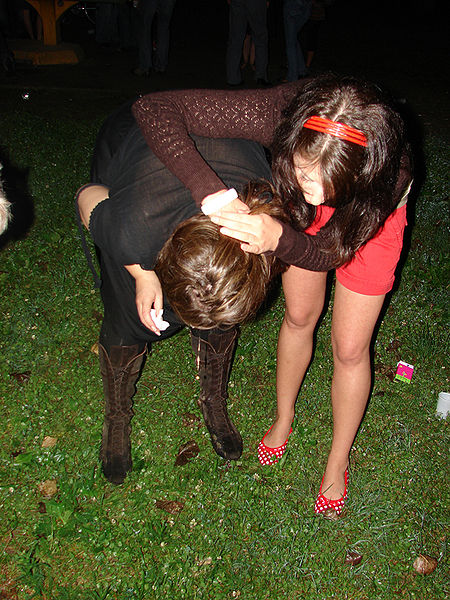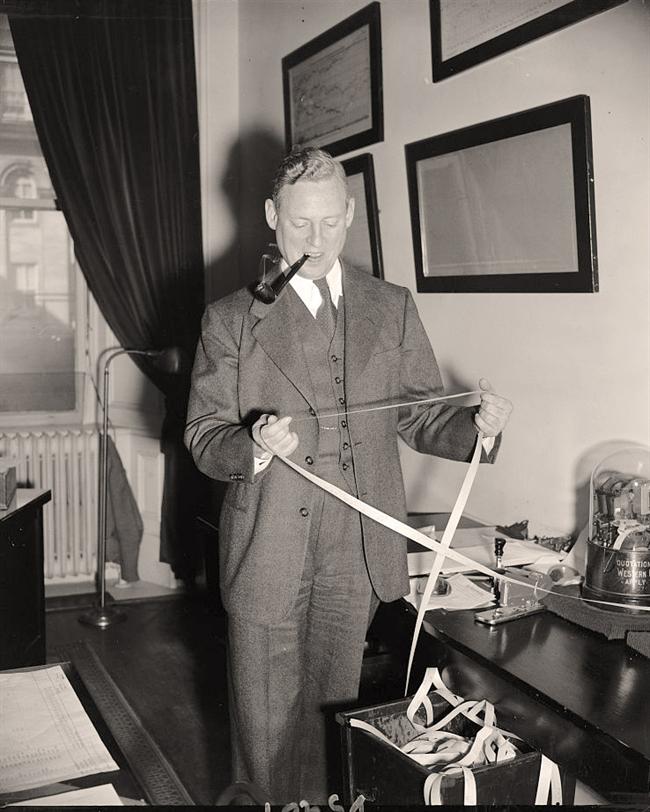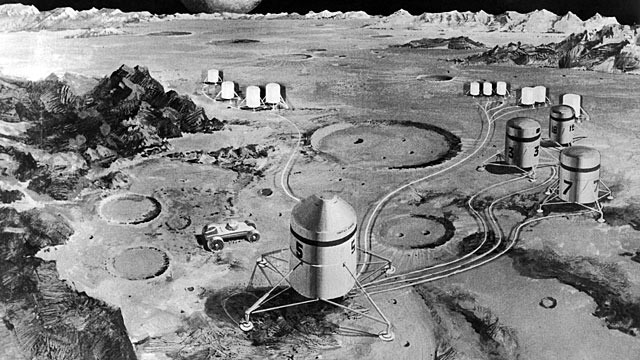
“Within such containers…man could live as comfortably as he does at home.”
We were aware, more than seven decades ago, that the moon could be a landing pad, a rocket launcher and a nonpareil space observatory. Our failure to execute in this area is one of will, not knowledge. An article about the moon and its uses from the December 29, 1940 Brooklyn Daily Eagle:
“Los Angeles (U.P.)–The moon, not so many centuries hence, probably will the earth’s much-prized ‘airport’ for rocket travel.
When that time comes, if it does, scientists in heavy Man-from-Mars suits probably will flock to the moon and build big telescopes of a size not dreamed of on earth.
Whenever they take off their suits, the rocket men and the scientists will have to live in big, air-tight caverns dug into the surface of the moon.
They will breathe air shipped from the earth, or manufactured chemically from the rocks on the moon.
This peek at the moon’s possibilities as sort of an ‘off-atmosphere’ base for the earth is made by the scientists at Griffith Observatory in their monthly publication. They termed their forecast something between ‘sober scientific description and fantasy.’
Proper Fuel Needed
Rocket travel, in the first place, depends upon discovery of a proper fuel, but they said this problem ‘is not as fantastic as it sounds’ and added:
‘Considering the marvels of scientific inventions during the past century, one is very much tempted to guess that shortly after the time that the human race has gained enough sense to live at peace, our scientists will provide the means of travel, and observatories upon the moon will become realities.’
When men learn to flit from earth to Venus, et cetera, the observatory suggests the moon doubtless will become an ‘intermediate base’ for big rocket ships.
The moon has slight gravity pull compared to the earth; a man could jump like a giant grasshopper, and rocket ships could take off easily. Further the moon has practically no atmosphere, hence there will not be the friction of air slowing down the rockets.
These same two qualities will send astronomer hurrying to the moon, the observatory predicts. Telescopes would be so light in weight that they could be built in sizes dwarfing the 200-incher now under construction in Pasadena, Cal. There would be none of the destruction from ‘boiling air’ as on earth. Astronomers could see much farther, and better. Further, the moon has a black night two weeks long–a paradise for astronomers.
But the lack of air on the moon will present its difficulties, as well. Earthmen going to the moon will have to have something to breathe.
‘Assuming that some day man does make direct use of the moon,’ says the observatory, ‘his protection would probably come in two forms:
‘First, by making great airtight caverns within the surface of the moon. In these caverns the air either would be carried from the earth or much more probably formed chemically from the oxides at the surface of the moon. Within such containers, which might be of very large size, man could live as comfortably as he does at home.
‘Second, outside of these it would be necessary for him to wear some sort of cumbersome suit, the reverse of that used by the diver, and to carry with him in tanks his necessary supply of oxygen.’
Fears have been expressed that earthmen would be in danger of constant bombardments of meteorites on the moon, but the observatory said there is no evidence of this. The bombardments would kick up great clouds of dust on the moon, and no such clouds have been observed through the telescopes.”

